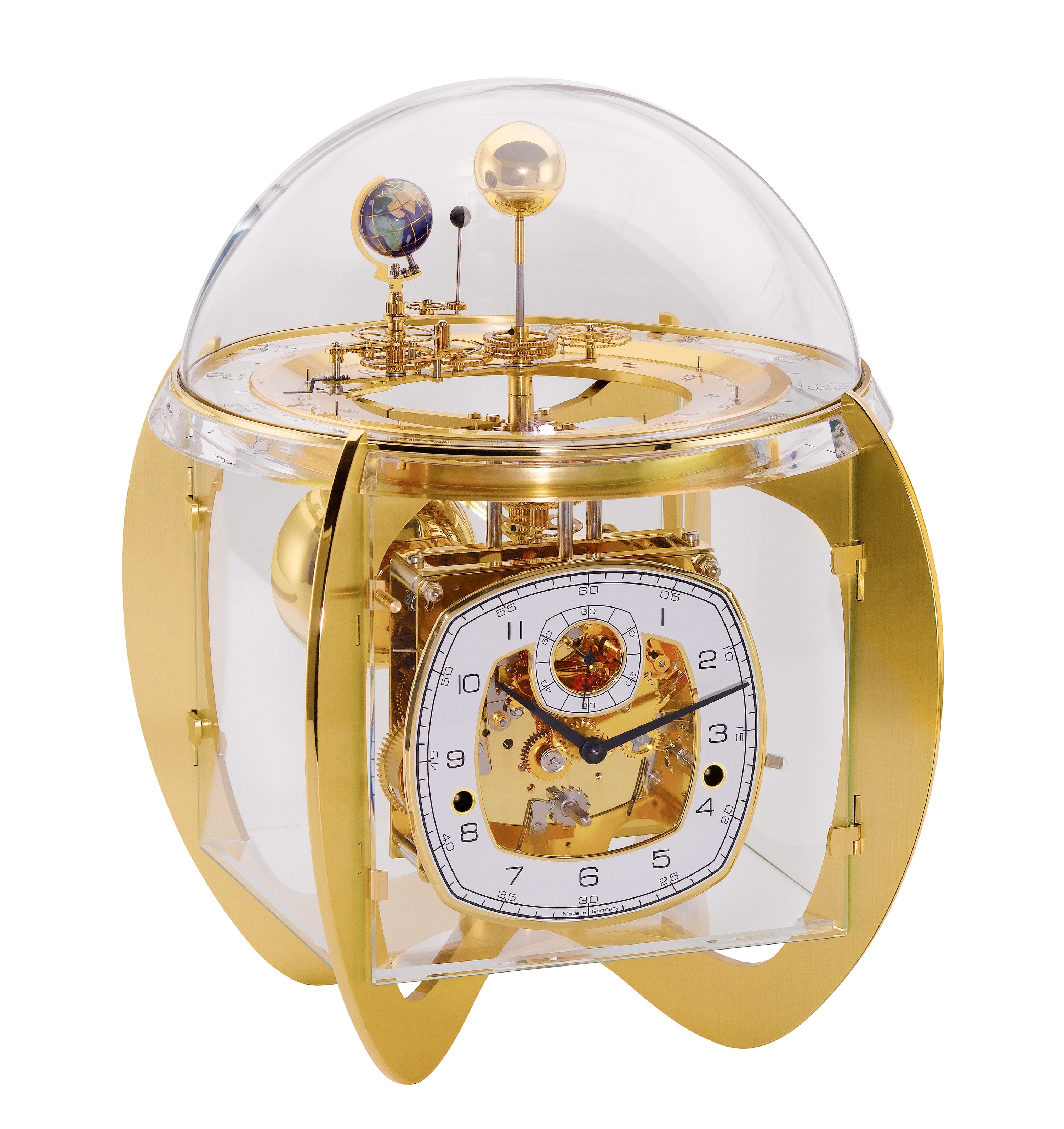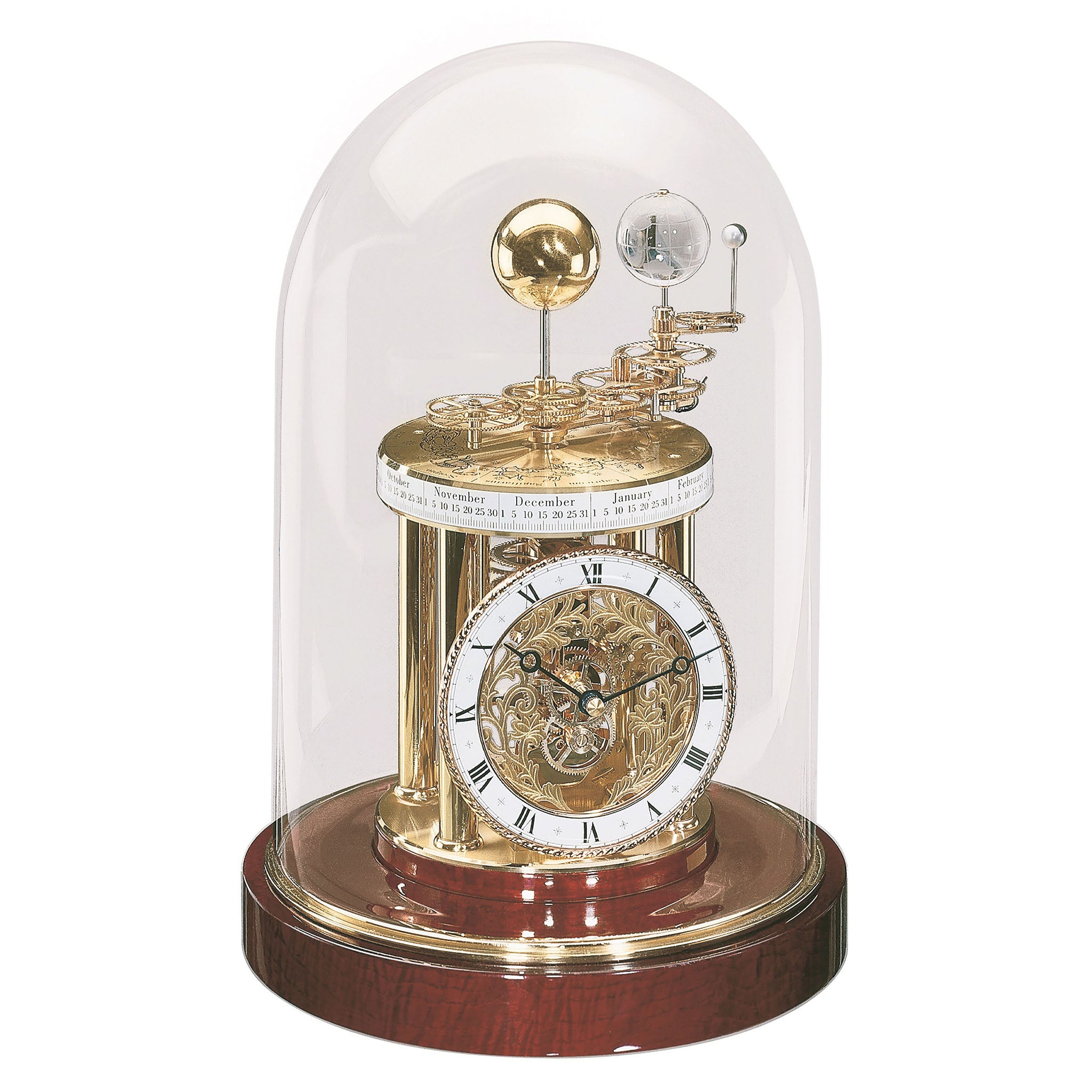Timekeeping has been an essential aspect of human life for thousands of years. From ancient sundials to modern atomic clocks, we have sought to measure the passing of time accurately and reliably. The study of time and its measurement, known as horology, has been a field of great fascination and scientific inquiry. In this article, we will explore the physics behind clocks and the mechanisms that allow them to keep time.
To understand the physics of clocks, we need to start with the concept of periodic motion. Periodic motion refers to any motion that repeats itself at regular intervals. It can be as simple as the swing of a pendulum or as complex as the vibrations of an atom.
One of the earliest and most fundamental examples of a clock mechanism is the pendulum. A pendulum is a weight, known as a bob, suspended from a fixed point so that it can swing back and forth under the force of gravity. The time it takes for the pendulum to complete one full swing, known as its period, depends on several factors, including the length of the pendulum and the acceleration due to gravity.
The physics of a pendulum is described by a mathematical equation known as the simple harmonic motion equation. This equation relates the period of the pendulum to its length and the force of gravity. The longer the pendulum, the longer it takes to complete one swing. Similarly, a higher acceleration due to gravity will cause the pendulum to swing more quickly.
Another important aspect of timekeeping is the concept of resonance. Resonance occurs when an object is subjected to an external force with a frequency that matches its natural frequency of vibration. When resonance occurs, the object will absorb energy and vibrate at a larger amplitude.
In clocks, resonance is used to ensure the accuracy of timekeeping. For example, in a mechanical clock, the escapement mechanism and the pendulum are designed to resonate at a specific frequency. The escapement releases the energy stored in the clock's weight or spring in small, regular intervals, allowing the pendulum to oscillate back and forth. This regular back-and-forth motion of the pendulum controls the ticking of the clock, with each tick representing a fixed unit of time.
In modern electronic clocks, resonance is achieved using quartz crystals. Quartz crystals have a natural resonant frequency when subjected to an electric field. By applying a small electric current to a quartz crystal, it can be made to vibrate at a specific frequency. This vibration is extremely stable and reliable, making quartz crystals the primary timekeeping mechanism in most modern clocks and watches.
The most accurate timekeeping devices available today are atomic clocks. Atomic clocks rely on the vibrations of atoms to measure time precisely. The most widely used type of atomic clock is the cesium atomic clock, which measures the vibrations of cesium atoms. The frequency of these vibrations is so consistent that it has been adopted as the international standard for the definition of the second.
In conclusion, the physics behind clocks is rooted in the principles of periodic motion and resonance. From the swinging of pendulums to the vibrations of atoms, clocks have evolved over time to provide increasingly accurate and reliable measurements of the passing of time. The study of timekeeping continues to be a fascinating field of scientific inquiry, with ongoing research and innovation pushing the boundaries of our understanding and precision in measuring time.
Sources:
https://www.nist.gov/pml/time-and-frequency-division/popular-links/faqs-about-atomic-clocks
https://www.npl.co.uk/research/time/past-and-future-for-timekeeping






1 comment
Salih Kırcalar
Timeflow Formula (A New Phyiscs Formula)
Could you please evaluate my thoughts on the concept of time?
Quantum mechanics is a concrete result of the General Theory of
Relativity. According to the General Theory of Relativity, a clock on
Jupiter lags behind a clock on Earth. A clock on earth lags behind a
clock on the moon. they ended the theory here. However, I continue the
theory with the result I deduced from the Time Flow Formula. One hour
on the moon lags behind a clock on the alpha ray. A clock in the Alpha
beam lags behind a clock in the Beta beam. a clock in beta ray lags
behind a clock in x ray. Concrete results of the General Theory of
Relativity begin to be seen as masses and energies get smaller. These
are the same theory. Large masses have a very long life. Small masses
have very short lifetimes. As the lifetimes get shorter,
transformations from mass to energy and from energy to mass begin. In
summary Quantum mechanics is a concrete result of the General Theory
of Relativity.
This is a result from the Timeflow Formula. (Timeflow=Time/Energy).
Every simple physics formula explains a law of nature. In the Timeflow
Formula; It tells that a time equal to the amount of energy will be
released in a physical process. You can find more information on my
website. (timeflow.org).
In addition,The flow of the thought energy intensity in our brain is
body pain, unhappiness and boredom, joy, happiness and love,
sleep, and finally death, respectively, from high energy to low
energy. At the moment
to sleep, if we had a good sleep, our thought energy is very close to
zero or zero. When the energy flow intensity increases in our brain,
according to the ‘Timeflow Formula (Timeflow=Time/Energy). The
timeflow will slow down. As the energy density (power) decreases, the
timeflow will accelerate. In the case of sleep and death, the timeflow
will be infinite. The timeflow formula explains very clearly and
simply that this situation, which is perceived as psychological time
is actually a purely physical event. I think it would be very useful
for psychology experts to evaluate the ’Timeflow’ Formula and the
philosophical interpretation of the formula.
All time calculations made without taking into account the ‘Time Flow’
are incorrect. This situation looks like this. For example, if the
‘Speed’ Formula were not known, if we went fast, we would say ‘The
road has become narrow’ or ‘The road has accelerated’. If we had gone
slowly, we would say ‘The road has widened’ or ‘The road has slowed
down’. The expressions ‘Time has expanded’ or ‘Time has slowed down’
or ‘Time has contracted’ or ‘Time has accelerated’ used today are due
to ignorance of the ‘Time Flow’ Formula. Here, it is not ‘Time’ that
expands or slows down, contracts or accelerates. ‘Time Flow’ speeds up
or slows down just like ‘Speed’.
‘Time Flow’ Formula Makes Time 3D. Time is the dimension of length.
‘Time Flow’ is the dimension of width and depth. Space is also
3-dimensional. Space-Time is 6 dimensional.
Note: You can find my original articles at
https://www.galilean-electrodynamics.com
Best Regards